FIVE-STAR TEAM WARRANTY &
SAME-DAY SERVICE
Common Plumbing Problems in Older Homes
Owning an older home is owning history. From the woodworkand architectural details, to vintage fixtures and original tiles, it has a certain beauty you can’t find anywhere else. But with all that character can come a challenge that many owners of older homes encounter: antiquated plumbing. If you’ve been hearing weird sounds, smelling unusual odors, having repeating clogs or leaks, the age of your home could be the culprit. Here’s a guide to some of the common plumbing problems in older homes —and what to do about them.
Frequent plumbing issues in old houses
Modern-Day Needs Over the time period, the pipelines that make uplumbing systems deteriorate and may no longer meet The Need for Updates. Here are a few of the more popular concerns:
1. Rusting or Decaying Pipes
In older homes, pipes are often made of materials that rust or rotover time naturally, like galvanized steel orcast iron. Rust, corrosion, and mineral buildup can restrict water flow, and even pollute your water source.
Solution: In case your plumbing system is designed with old materials, agenesiunnyu you’ll want to do a complete re-piping. Copper or PEX piping is more secure and will last much longer.
2. Slow Drains and “PipeBellies”
Making the earth move Settling in a house This can cause “pipe bellies,” or sections where drainpipes sag. These indentations create negative slopes which block the water flow and make the debris compiled, which will later generate clogs and slow-drained.
Solution: Key in on drain cleaning service as it helps, but saggingof pipes may require reshuffle or else installation, else, chances of return are possible.
3. Persistent Clogs
Old pipesarehotspots common trouble cause of issue is root intrusion, sediment build up or old substances, which can often clog pipes and system channels after years of use. These clogs can cause backflow, leaks, and even structural damage.
Solution: Get a professional plumber to check the drain and remove blockages. If the problem happens often, you may also need to replace or fix your pipes.
4. Sewer Line Damage
Sewer lines are also more vulnerable among handles that are older, as the foundations settle, tree roots grow, or the constituents age. Many older sewer systems are not designed to carry the flowof water and waste from the modern appliances used today.
Do this: if you notice sewer backups, sinkholes in your yard or foul-smells, it’s time to have your sewer line examined. This freezer burner issue can be remedied permanently by replacing damaged sewer lines wif more durable materials.
5. Outdated Fixtures
Old-school faucets, toilets and other fixtures may have a vintage appeal, but they weren’t designedexclusively to withstand modern-day water pressures or to meet efficiency standards. Older appliances can also leak or break down suddenly, causing expensive waste — or water damage.
Solution: Upgrade outdated fixtures to modern modelsthat will both serve a purpose and improve the home’s appearance. Consult a pro about whether it will be compatible withyour existing plumbing system.
6. Data About Poor Repairs or Former Installations
Not all old plumbing in older homes is up to modern standards. If you are a target of get a Skilled professional for your plumbing system, low-quality material or old repairing technique your complete plumbing system can be spoiled.
Repair: Have a licensedplumber come check yourplumbing. An expert knows where to search for the mistakes made previously, fixing them and helping you to keep the system secure in future.
What Were Old Plumbing Pipes Made Of?
Older homes were plumbed with a range of materials, many of which are now considered obsolete or dangerous.
Old Plumbing Pipes:
Galvanized Iron: Commonly used 1930s–1980s, thesepipes can rust, corrode and leach lead.
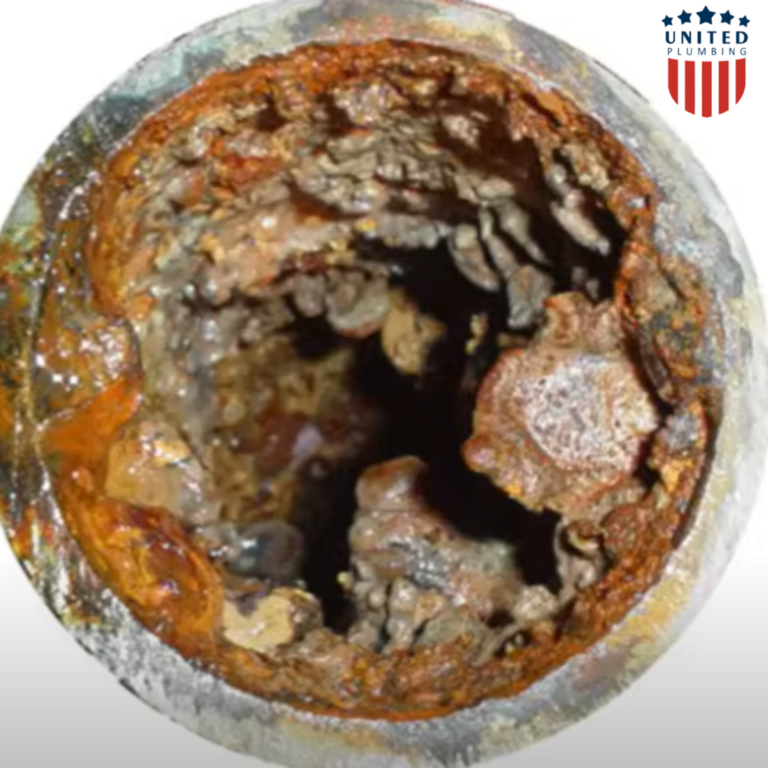
Cast Iron: Heavy and long-lasting, cast iron pipesare prone to crackingand rusting as they age.
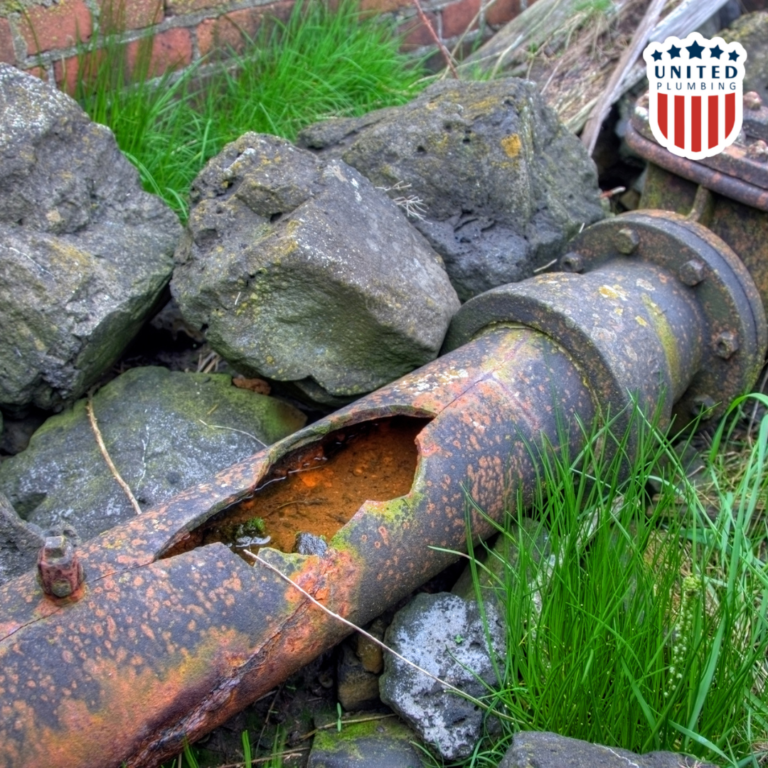
Copper: Lasts well, but older copper piping occasionally was soldered using lead at the joints.
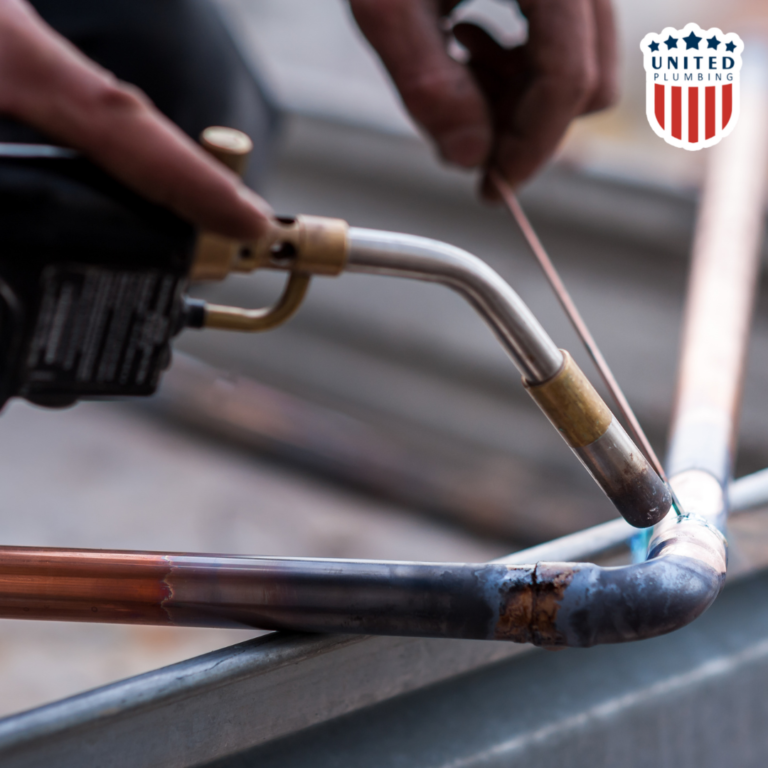
PVC: This is still inuse today, but older kinds of PVC pipemay become distorted when exposed to extreme water temperatures.
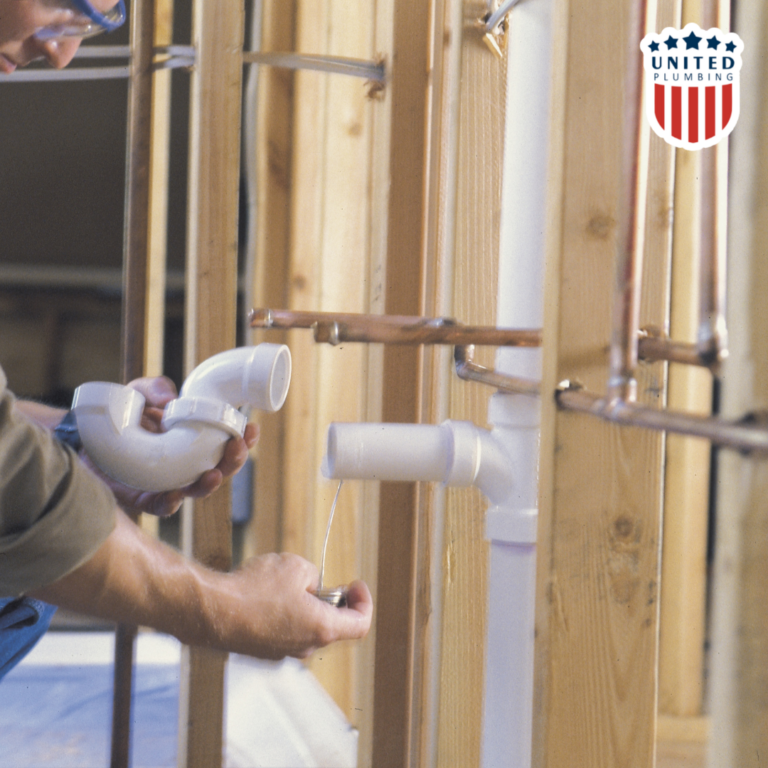
Knowing what your household plumbing consists of can help you know exactly what you have when you need repairs or replacements.
More about plumbing pipes you can read here.
How Much to Take Out of an Older Home?
Replumbing an older home is a big job, typically costing $3,000 to $16,000, depending on:
The size of your home.
Dip type(models with 1-3)7 and material selection (Refrain from having PEX, copper,and some other materials.
Pre-existing plumbing systemstatus and access
Other fixture or appliance that need updating.
This may feel like an investment, but with newer plumbing, you get a lot of safety, efficiency and fewer repairs down the road.
How to Fix Plumbing Problems in OlderHous…
Diy fix plumbing problems in an old home. Some outdated fixtures, complex designs, and hidden issues require on site expertise. Here’s how to proceed:
Book an inspection: Inspections will find the trouble spots and suggest customized for your home.
Prioritize Bigger Repairs: Bigger problems like broken pipes, sewer lines, and plumbing systems are always prioritized over smaller repairs.
Let It Flow: Professionalcleaning can clear away gunk buildup, vastly extending the life of your pipes.
Replace Fixtures with Communication: Newer fixtures tend to save water and energy, but they need to work with your existing plumbingsystem. So make sure to get in touch with a licensed plumber to help determine which options are right for you.
Keep Your Home’sCharacter Without Sacrificing Functionality
There are joys and challenges to owning an older home — and plumbing woes top — or bottom — the list. Addressing these problems now will keep your home’s value, functionality and beauty intact for many years to come.
Feel free to call us today when you encounter plumbing problems or need a professional viewpoint. Most of our plumbing work is in refurbishing older buildings for the requirements of decades ahead.
Post views: 1113
Common Plumbing Problems in Older Homes
What are the most common plumbing problems in older homes?
Older homes often face issues like rusting pipes, slow drains, frequent clogs, sewer line damage, outdated fixtures, and improper past repairs.
How do I know if my old home’s plumbing needs replacing?
Signs include rust-colored water, low water pressure, frequent leaks, persistent clogs, or bad odors. A professional inspection is the best way to assess your plumbing.
What materials were old plumbing pipes made of?
Common materials include galvanized steel, cast iron, copper, and early versions of PVC. Many of these materials corrode, crack, or warp over time.
Can I fix old plumbing issues myself?
DIY fixes for older plumbing are not recommended. Outdated materials, complex systems, and hidden issues require professional expertise to avoid costly mistakes.
How do I upgrade fixtures without damaging my old plumbing system?
Work with a licensed plumber to ensure new fixtures are compatible with your existing system and won’t put excess strain on old pipes.
Latest posts

Coldest winter for Bay Area in 2025 And What Your HVAC System Should Actually Be Doing
If your home feels colder than usual this winter, you’re not imagining it. Bay Area home heating systems are being...
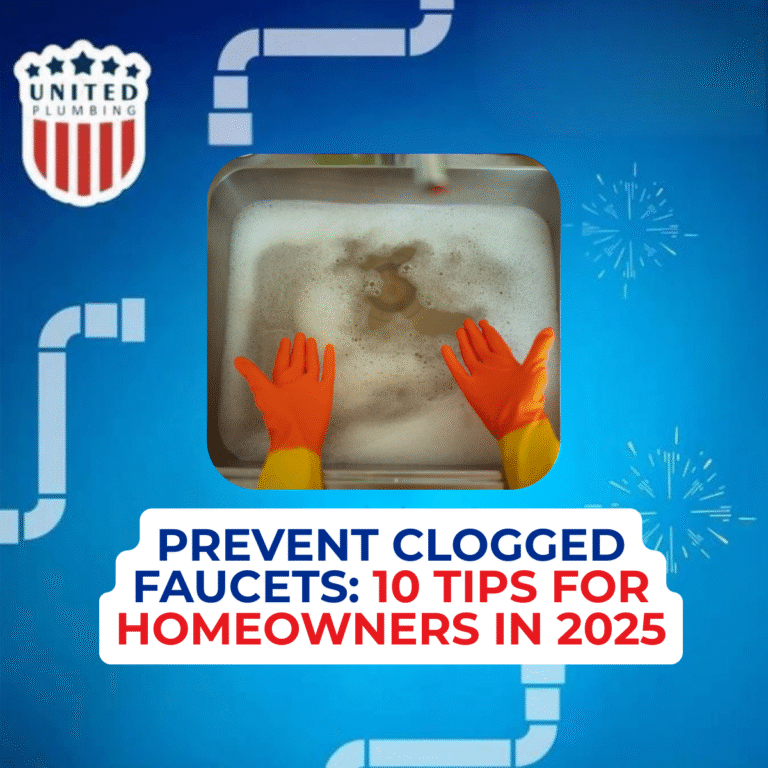
Prevent Clogged Faucets: 10 Tips for Homeowners in 2025
Clogged faucets are one of the most common service calls we handle in California homes, and the good news is that...


If you still have questions or need advice, please leave a request and we will contact you as soon as possible
Need a plumber and got no clue where to start?
(408) 539-6936Facing a plumbing issue? Get a FREE in-person estimate and quick solutions from our skilled technicians, ensuring your home runs smoothly again!
